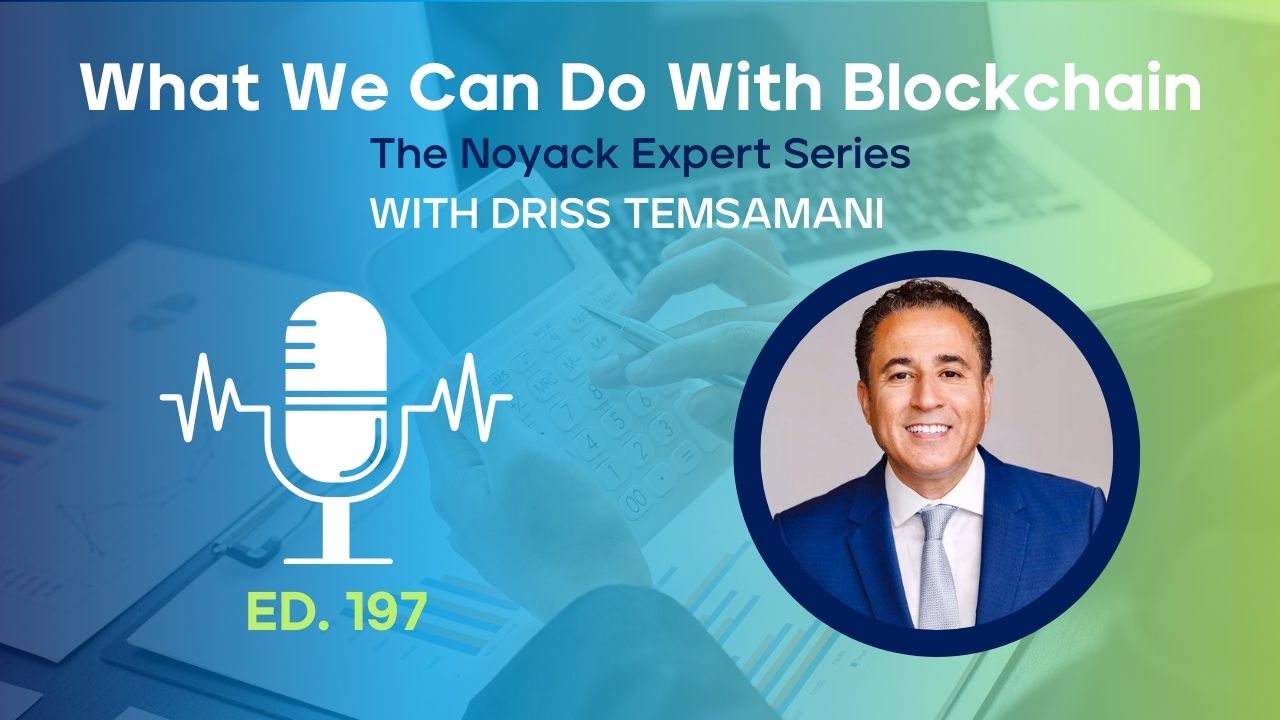If you’re shopping for your first home, you’re not just stepping into a new chapter—you’re stepping into one of the biggest financial decisions of your life. But the market won’t tell you the whole truth. The list price is only the headline. The real story unfolds through closing costs, insurance spikes, move-in repairs, and the monthly payment that somehow keeps growing after year one.
The list price is just the headline. The real cost of homeownership hides in:
- Closing costs (2–5% of purchase price)
- Prepaid taxes & insurance
- Move-in expenses (locks, blinds, fixes)
- Year-two tax reassessments + premium hikes
That’s where this guide comes in. At NOYACK, we don’t just help you buy a house. We help you make your home part of your long-term wealth strategy—without the surprise budget explosions that crush most first-time buyers.
Check out our rent vs. buy calculator to see if buying a home might be closer than you think.
Early Access: Our Next Reg CF Investment Round
As we prepare for our coming Reg CF raise, we wanted to share first access to a special offer with you, our subscribers.

Learn more about the raise, how you can be a part of it, and reserve your spot!
The Real Price Tag—Beyond Your First Home Listing
Your down payment is step one. Your cash to close is step two—and it’s where most people get blindsided. First-time buyers often underestimate the true upfront cost of homeownership, because the fees are fragmented and, frankly, not that sexy. But they’re very real.
Here’s what typically shows up at the closing table:
- Lender fees: origination, underwriting, application
- Third-party services: appraisal, title, escrow/attorney fees
- Government charges: transfer taxes, recording fees
- Prepaid items: 6–12 months of homeowners insurance and taxes
Together, these add up to 2–5% of the purchase price—in cash. And that’s before you move in.
Don’t forget the next wave: rekeying the locks, buying blinds for those bare windows, utility deposits, and fixing whatever the seller didn’t. These aren’t “extras”—they’re survival. Add a move-in line item to your budget so your emergency fund doesn’t become your living room.

Pro tip: If the appraisal comes in low, your lender will only finance the lower amount. You’ll either renegotiate, bring extra cash, or walk—if your contract lets you.
The Monthly Payment You’ll Actually Pay on Your First Home
You’ve been pre-approved, and your lender shows you a tidy monthly number. Feels manageable, right? Not so fast.
Your mortgage payment is more than just principal + interest. That monthly figure (PITI) also includes:
- Property taxes – reassessed after you buy, often based on sale price
- Homeowners insurance – increasingly volatile in fire/flood/wind zones
- HOA dues – for condos or planned communities, and they usually go up
- PMI – if you put less than 20% down, this monthly insurance gets added
That’s not all. The cost of owning a home isn’t monthly—it’s lumpy. Water heaters don’t break on a schedule. Neither do roofs or sewer lines. A smart baseline is 1–2% of home value per year set aside for maintenance, more if the home is older or has complex systems.
Tighten your numbers:
- Run property taxes assuming a post-purchase reassessment
- Get insurance quotes during your contingency period
- Review HOA minutes to spot coming fee hikes or special assessments
Your Wealth Profile has an in depth budget system: make sure you don’t miss a line item. Sign up here.
Financing Without the Traps
Mortgage ads love to sell you on low rates—but the real cost lives in the details. What’s the APR? What’s the breakeven on buying points? What happens when that adjustable-rate mortgage (ARM) resets?
Before you lock anything in:
- Compare APR, not just rate—APR includes lender fees
- Ask for fees in plain English—credits, rate locks, origination
- Stress-test ARMs at the reset rate, not the teaser
- Skip the points unless you’ll keep the loan past breakeven
And remember: lenders don’t all offer the same deal. Always get at least two quotes—three is better. Competition clarifies. Ask NOYACK.ai for more details on what to look out for.
Guardrails to follow:
- Keep housing ≤ 28% of gross income
- Total debt ≤ 36–40%
- Know when PMI drops: 80% LTV with appraisal, 78% automatically
- Confirm no prepayment penalties—in writing

The Inspection Is Where You Win or Lose
A good inspector isn’t a formality—they’re your first defense against thousands in hidden costs. Show up. Ask questions. Focus on the big-ticket items that derail budgets.
Prioritize:
- Roof, foundation, drainage
- Electrical safety and capacity
- Sewer lines and plumbing scope
- HVAC system age and size
- Moisture, pests, radon, and lead (especially in older homes)
Your playbook:
- Use issues to negotiate price or seller credits
- Ask for licensed repairs instead of DIY patches
- Always verify permits on additions or renovations
- If the issues are dealbreakers and the seller won’t budge—walk
An inspection that kills a deal isn’t wasted—it’s the cheapest tuition you’ll ever pay.
Condos & Co-ops: It’s Not Just Your Budget That Matters
Shared living has its perks—but if the building’s finances are a mess, your monthly savings can disappear into surprise assessments.
Read the HOA’s last two years of:
- Budgets
- Meeting minutes
- Reserve studies
Look for red flags like:
- Deferred maintenance (roofs, elevators, facades)
- Lawsuits or insurance hikes
- Owner-occupancy ratios too low for conventional financing
If reserves are thin and big projects are coming, price in that risk—or move on.
New Construction: New Doesn’t Mean Safe
Brand-new homes seem clean and simple—but they come with their own risks. Builders love change orders, permit delays, and unclear warranty coverage. Unless you manage the process like a project, the surprises stack up fast.
Before you sign:
- Cap your upgrade budget early
- Build in overlap costs (rent + storage) in case of delays
- Know which warranties last 1 year vs. multiple
- Hold leverage with a punch list—don’t close until complete
Insurance & Taxes: The Year-Two Squeeze
Most buyers budget for Year One—and get shocked in Year Two. Many states reassess property taxes after a sale, which means higher bills. Insurance has also gotten more volatile due to climate-driven losses and carrier exits.

Reduce the risk:
- Get real quotes early, especially if flood or wildfire risk applies
- Ask about discounts (storm shutters, leak detectors, impact windows)
- Model next year’s premium + tax hike—can you still afford it?
Contracts and Negotiation: Your Safety Rails
Contingencies aren’t just red tape—they’re your guardrails. They give you time to uncover issues and walk away clean if needed.
Dial in:
- Clear inspection, appraisal, and financing deadlines
- Earnest-money terms with refund triggers
- Owner’s title insurance—protects against old liens or claims
- Strong rent-back rules (deposit, daily rate, hard end date)
And always, always put it in writing. Memory is not a contract.
A 30-Day Prep Plan That Actually Works
Don’t shop blind. Give yourself a runway and you’ll avoid making decisions under pressure.
Week 1 – Run the numbers
- Pull credit, gather financial docs
- Get pre-approvals from 2–3 lenders
- Model down payment, closing costs, 6–12 month cash cushion
- Add a first-year maintenance reserve
Week 2 – Build your team
- Interview a buyer’s agent
- Vet inspectors and insurance brokers
- Review utility bills and tax history on sample homes
Week 3 – Prep your tools
- Draft inspection and appraisal checklists
- Get preliminary insurance quotes
- Study “appraisal gap” negotiation strategies
Week 4 – Set your decision rules
- Define a firm walk-away number
- Choose your financing structure
- Pre-price basic move-in needs: locks, lighting, safety fixes
When to Reprice—or Walk
You’re not just looking for a house—you’re making one of the most important wealth decisions of your life. Some deals only work at a lower price—or not at all.
🚩 Clear red flags:
- Pressure to waive inspection or contingencies
- Fresh paint covering strong scents (potential mold)
- Low appraisal with a seller who won’t negotiate
- Unpermitted work or major code concerns
- HOAs with low reserves and looming projects
If the math only works under perfect conditions, it doesn’t work. Reprice, seek credit—or move on. The right house at the wrong terms is the wrong house.
Quick Budget Guardrails
Keep these numbers in your head as you shop:
- Closing costs: 2–5% of home price
- Maintenance reserve: 1–2% of home value per year
- Post-closing cash buffer: 6–12 months of housing costs
- Housing-to-income ratio: ≤ 28% of gross
- Total debt load: ≤ 36–40% of gross
- Move-in budget: Cash set aside for immediate essentials
Bottom Line
Buying a home isn’t about timing the market—it’s about eliminating surprises. When you price in the unglamorous costs, defend your contingencies, and walk away from deals that don’t serve your long-term goals, you stop being a buyer… and start being a wealth-builder.






